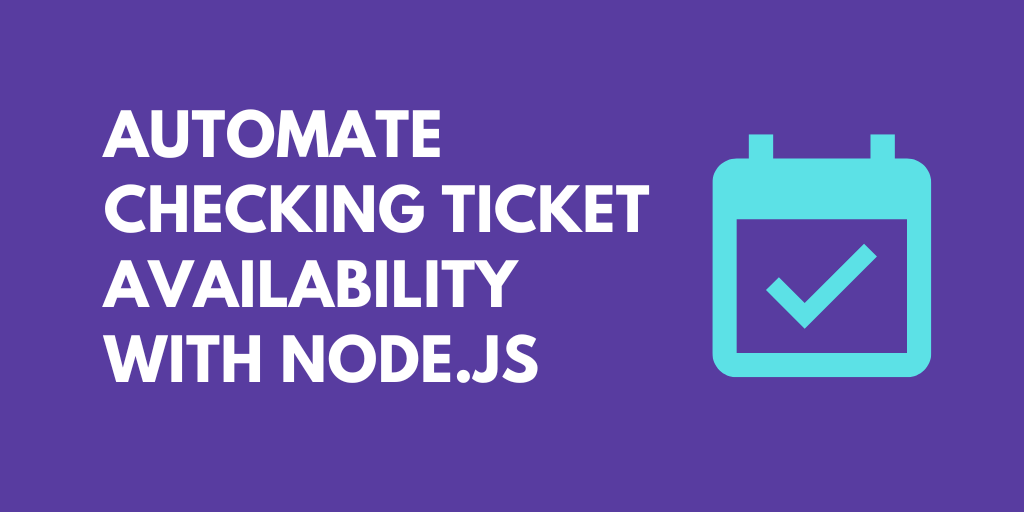What do you want to automate
with Radar and Node?
Prompt, edit and deploy AI agents that connect to Radar, Node and 3,000+ other apps in seconds.
Trusted by 1,000,000+ developers from startups to Fortune 500 companies
Popular Radar and Node Actions#
Write custom Node.js code and use any of the 400k+ npm packages available. Refer to the Pipedream Node docs to learn more.
Overview of Radar#
Radar API offers developer-friendly tools for location data and geofencing. This API lets you track user locations, generate location-based events, and create geofences to engage users based on their real-world movements. On Pipedream, you can harness this location intelligence to trigger workflows that empower your apps with contextual user insights, automate location-based marketing, or enhance operational efficiency with geospatial data.
Connect Radar#
import { axios } from "@pipedream/platform"
export default defineComponent({
props: {
radar: {
type: "app",
app: "radar",
}
},
async run({steps, $}) {
return await axios($, {
url: `https://api.radar.io/v1/users`,
headers: {
"Authorization": `${this.radar.$auth.api_key}`,
},
})
},
})
Overview of Node#
Develop, run and deploy your Node.js code in Pipedream workflows, using it between no-code steps, with connected accounts, or integrate Data Stores and File Stores
This includes installing NPM packages, within your code without having to manage a package.json file or running npm install.
Below is an example of installing the axios package in a Pipedream Node.js code step. Pipedream imports the axios package, performs the API request, and shares the response with subsequent workflow steps:
Connect Node#
// To use previous step data, pass the `steps` object to the run() function
export default defineComponent({
async run({ steps, $ }) {
// Return data to use it in future steps
return steps.trigger.event
},
})Community Posts#
